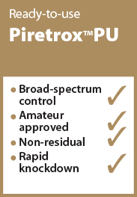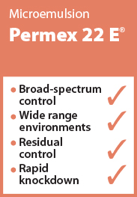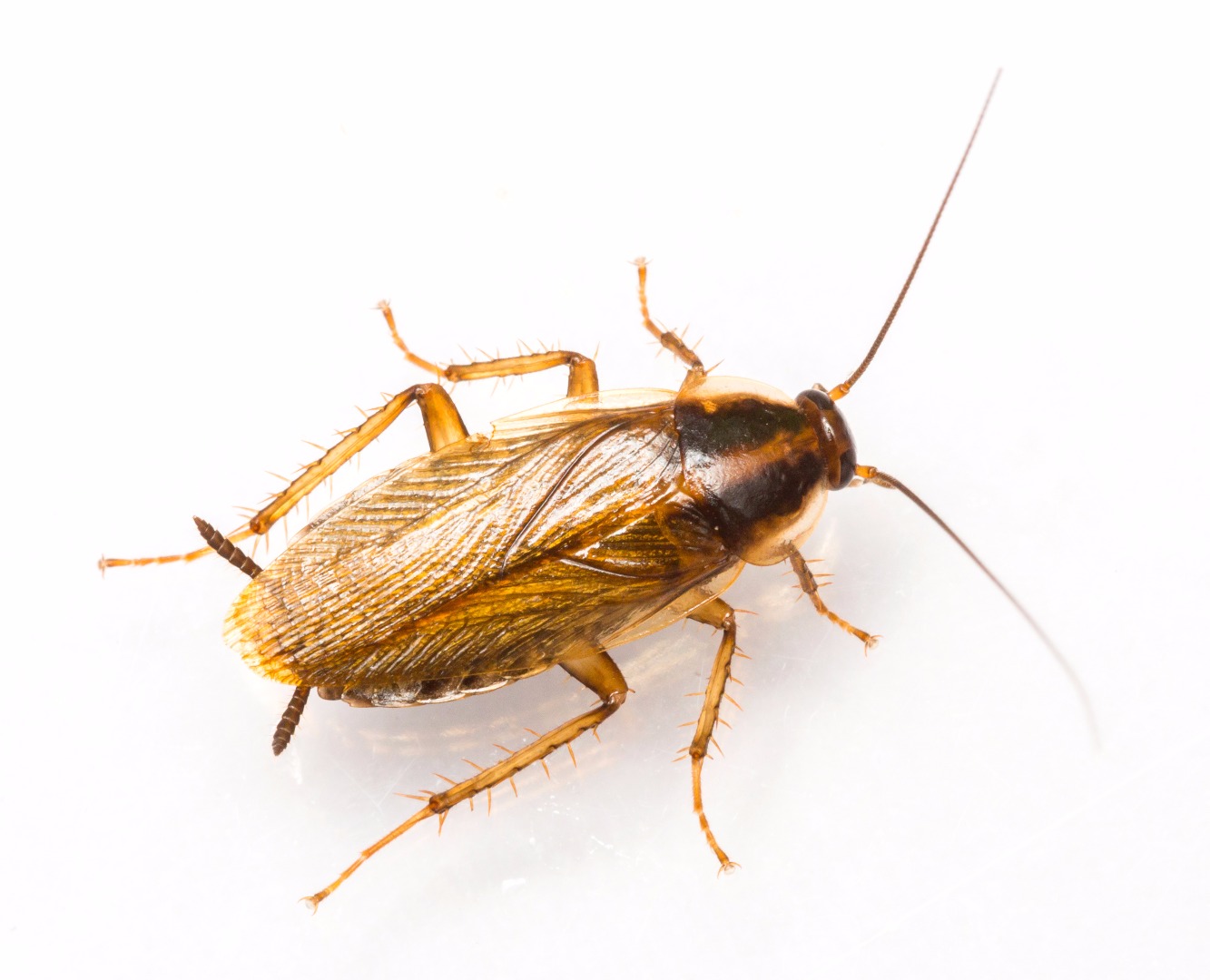German cockroach
(Blattella germanica)
Although the German cockroach is usually found in hot, humid and arid locations, it is nevertheless common in the UK – often in warmer areas, such as heated buildings or underground piping systems. Nocturnal, with an ability to reproduce rapidly, these insects are highly repugnant to many humans due to their large numbers, habit of scurrying, unpleasant appearance and ability to spread various diseases. They are known to feed on waste, and subsequently traverse food and food preparation items - potentially spreading various diseases.
Life cycle:
Egg, nymph, adult
| Egg | The female German cockroach produces an ootheca – this is a complex casing structure in which up to 40 eggs are stored. For up to four weeks, the female carries these oothecas until the eggs are ready to hatch – once hatched, the nymphs descend from their casing. |
| Nymph | Initially white before developing a dark-brown hue, the nymphs develop within 2-6 months and go through 5-7 moults – growing larger at each moult. Highly adaptable, the nymphs can regenerate and repair faults during the early stages of their development – though this procedure often increases the total amount of moults. |
| Adult | Measuring between 12-15 mm, these highly agile insects are yellow-brown in appearance, with long legs and an elongated antennae. Though winged, the German cockroach cannot fly and lives an average of six months. |
Habitat
Often found in warmer climates and present in all of Europe, the German cockroach favours heated areas such as restaurants, hotels, residences and offices. Additionally, they are common in ocean-faring ships and vessels, due to their suitable conditions.








